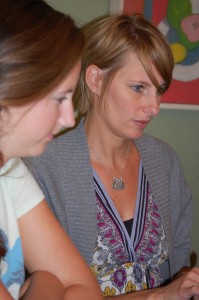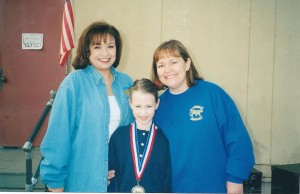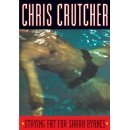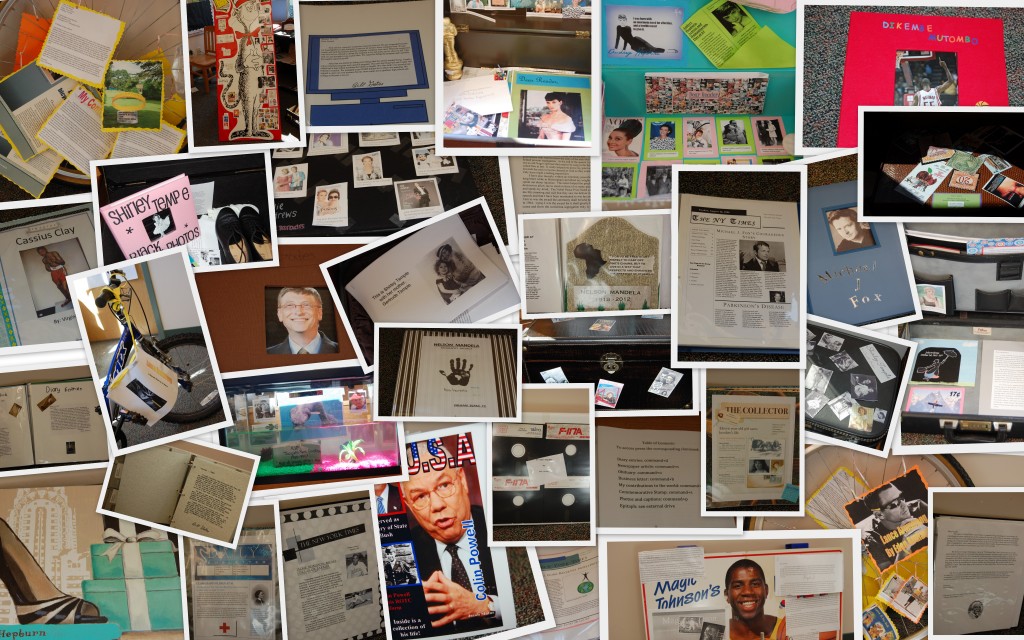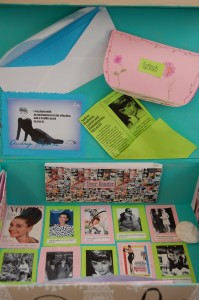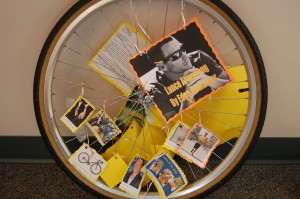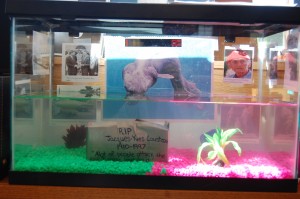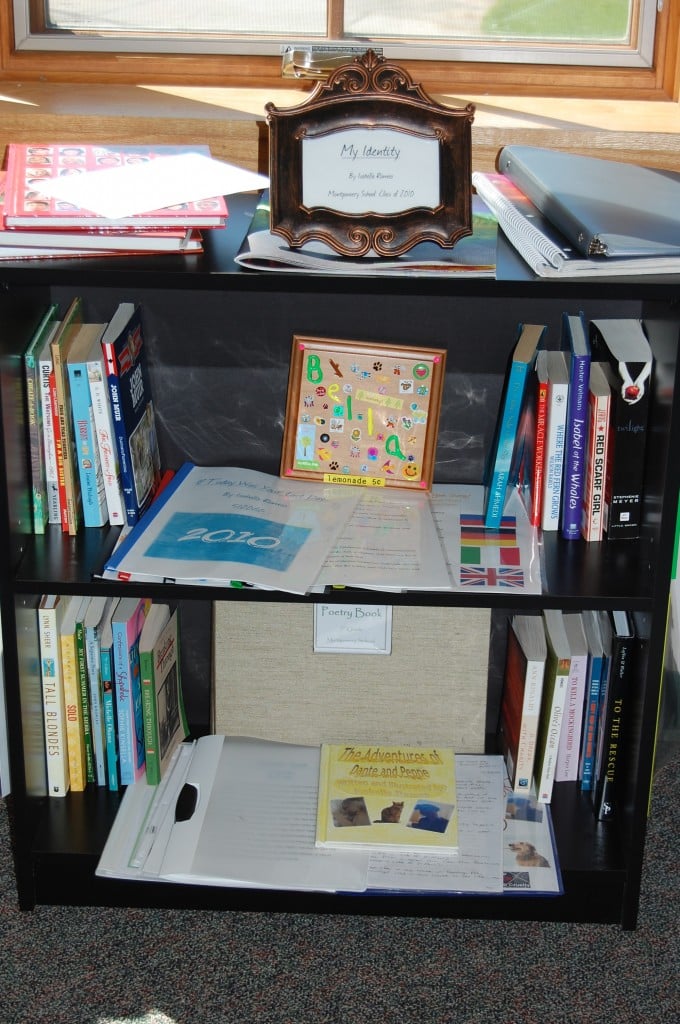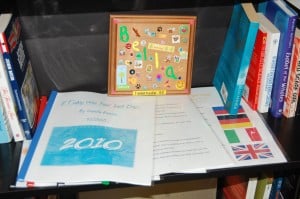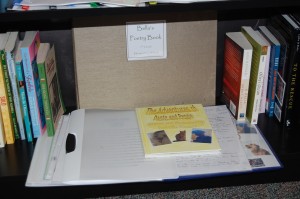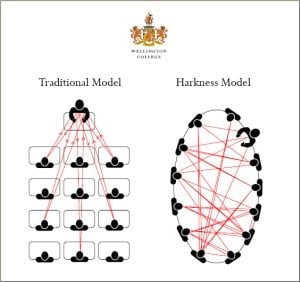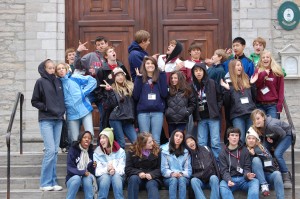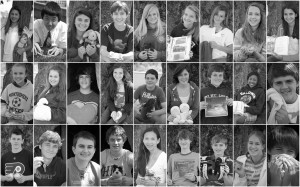Each time you make the conscious effort to follow someone, you do it for a reason…at least I do. For over a year, I have been building my PLN (personal learning network) on twitter with educators, principals, edtech people, or basically anyone that I think I can learn from in education. I spent time following conferences, attending virtual conferences, following blogs, joining nings, and participating in a variety of chats to connect with people across the world who are passionate about the world of education. Professionally, I have learned more this way in the past year than I have in any grad class or professional development workshop. In my opinion, online collaborative learning is the most individualized and inspiring instruction a person in education can get.
Along the way, I’ve met some people that I have truly connected with. I think of them as my colleagues and wouldn’t hesitate for them to write me a letter of recommendation…they know me that well. One of those people is Lisa Dabbs (@teachingwthsoul).
Lisa immediately embraced me in the beginning of my twitter experience. She encouraged me, retweeted my tweets, asked about me if I hadn’t been on twitter for a few days, commented on my blog, and even began deeper conversations with me over emails. I think of Lisa as a mentor…someone that I look up to. I am a few months away from finishing my Master’s in Educational Leadership and my PA Principal’s Certificate. Lisa has made a career of being an educational leader and was a principal for many years. I love her strong, open, and caring leadership style. You can easily pick up on that if you follow her on twitter or read her blog. Over this past year, these little connections have connected us. Not only would I call Lisa a colleague, but I would call her a friend.
Now…here’s where things get interesting…
Two weeks ago, my Dad and my 17-year-old sister were visiting from California. The above picture is the moment just before my sister and I realized that we had this unbelievable connection with Lisa. This is how it looked on twitter:
YES!! Yes, she was her principal! You can imagine the look on my sister’s face as she was watching this bizarre exchange happen in front of her! She could not even fathom how her sister in Pennsylvania could be friends with her elementary school principal! To tell you the truth, Lisa and I were more than a little freaked out about the situation! After the initial shock, we had a really nice conversation about Erin as a little kid and now a girl on the brink of adulthood…connecting to her childhood through her sister and twitter. Erin had a fun time remembering things that really made an impact on her…a lot that was Lisa’s doing. She remembered the caring environment, the multicultural inclusion, the murals on the walls of the school depicting children from around the world, and…her favorite memory…raising the most money for the jump rope for heart contest. Interestingly enough, I remember sending Erin a check to support her in her jump rope-a-thon. Here she is when she was in first grade with Lisa on that very day:
The connections that we choose to make on twitter are not just random. We connect with those that we want to learn from, we want to learn with, or want to teach and encourage. This experience has reminded me just how connected we can be as educators. Not only have I learned from Lisa on twitter, but my sister learned through her leadership, the teachers she hired, the murals on the wall, and from her heart and soul. Lisa not only teaches with soul, she shares that soul…that passion…with everyone around her, regardless if it is in the real world or in the virtual world. For those who think learning or socializing online is cold, isolating, and perhaps even de-humanized, all I can do is encourage them to try it. Those of us who participate and learn from it daily are transparent…there is no digital divide…we are who we are regardless of the format. Thank you, Lisa, for reminding me how it is possible to have real connections, friendships, and experiences even if you live 3,000 miles apart!


